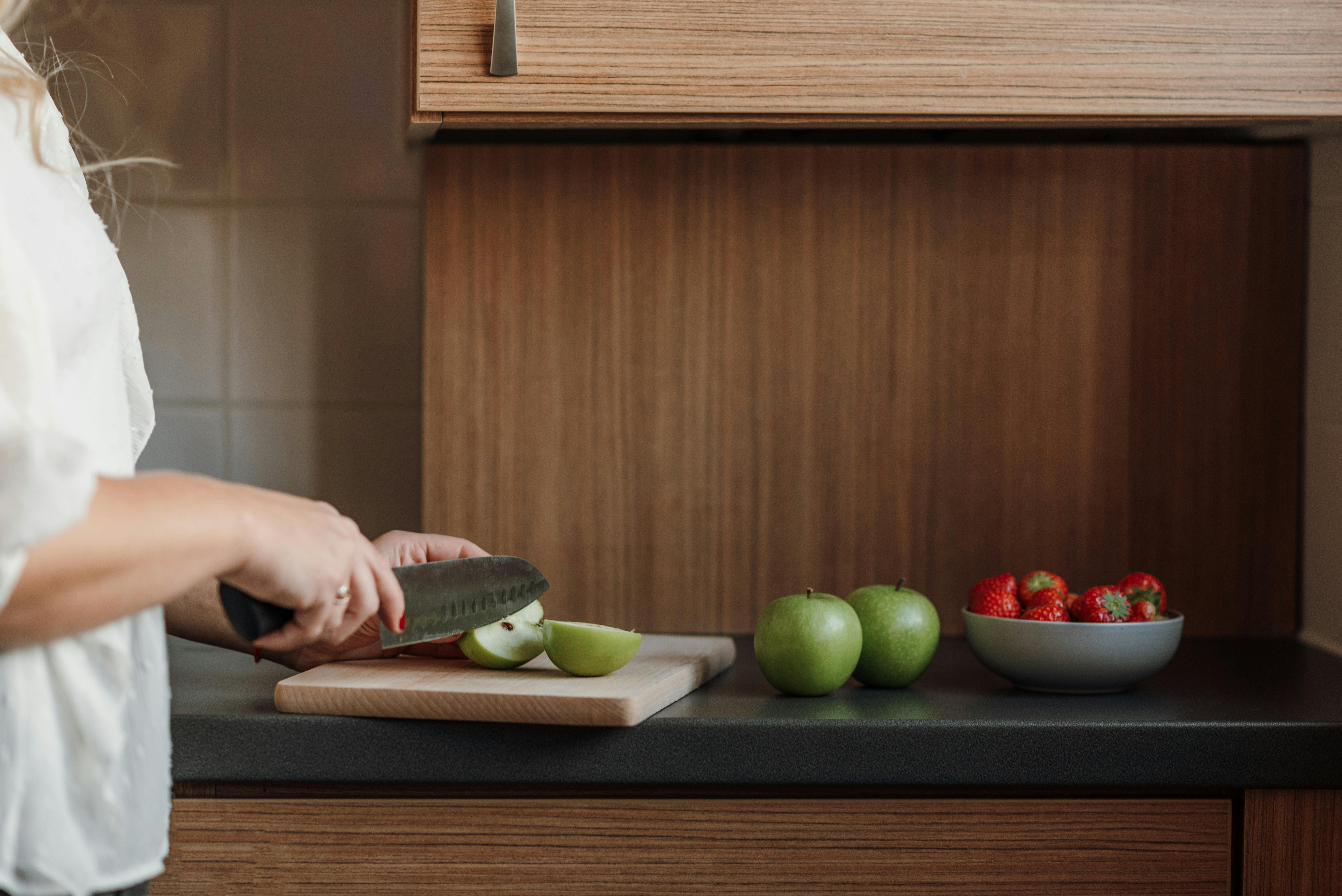The parts of a camera and their functions

Photographs allow us to capture events and moments in time and preserve them for years. This is possible thanks to the use of cameras. A camera is a technological device for obtaining photographic images of objects of interest.
This device is made up of three basic elements: the mechanical element (the body of the Camera itself), the optical element (the Lens) and the chemical element (the Film). [although there are also digital cameras that don’t make use of the traditional film]). All the other parts and components that make up a camera simply function to support or enhance any of the main features listed above.
Listed below are 15 functional components of a camera, I will explain the function of 10 of them below.
1. The camera body
2. Lens
3.Movie
4. Viewfinder
5. The shutter
6. Opening
7. Shutter button
8. Blind curtains
9. Shutter speed control knob
10. Film cavity
11. Film rewind knob
12. Movie Sprockets
13. Flash shoe (accessory connector)
14. Focus ring
15. Self timer button
(1) The camera body: All the internal mechanical, optical, and chemical parts of a camera are held together by the camera body. This serves to protect these sensitive parts. The camera body also serves as the frame against which the other parts of the camera articulate to function properly.
(2) The Lens: The Lens is undoubtedly the most important component of the Camera (considering the main purpose of a Camera). The lens takes light rays that bounce off an object and focuses this light onto the image plane so that a true image is formed that can be photographed. The vast majority of modifications and refinements that have occurred to the camera since its invention have focused on or around the lens, and that underscores the importance of this part of the camera.
(3) The film: This is a thin roll of light-sensitive plastic that is placed in the image plane of the lens. When the camera is ready to take pictures, various devices work together to ensure that the film is exposed to the image formed by the lens. When the film is exposed to the image coming from the lens, it records the image, and we have images! Before and after use, the film is stored in a light-tight film holder. Unknown to most people, there are no black and white or color cameras. We only have black and white and color films. It is the film that determines whether an image will come out in black and white or in color.
(4) Viewfinder: This is a part of the Camera that helps us decide what object we want to photograph. It helps us point the camera in the right direction and indicates what will or will not appear in the final photograph. Viewfinders are of two types: (1) Those that work independently of the lens, known as point-and-shoot cameras; (2) The ones that show exactly what the lens sees, found on SLR (Single Lens Reflex) cameras.
(5) Shutter: The shutter determines how long the film is exposed to light or the image coming from the lens. Shutters are of two types: the one just behind the lens, called a leaf shutter; the second type is located in front of the film plane, it is called a focal plane shutter. The shutter consists of two sheets of metal or “curtains” that remain closed or closed when the camera is not in use. But when the shutter button is pressed, one of these curtains opens to allow the image from the lens to hit the film. After a brief moment, the second metal sheet of the shade will slide to close the opening. The interval between opening and closing depends on the speed that we have selected with the shutter speed control.
(6) Aperture: This is an opening, or hole, in the center of the lens. The function is to make images lighten or dim evenly. This is accomplished by increasing or reducing the size of the hole, using a knob called the Opening Ring. When the aperture is widened, more light passes through the lens, causing the image to brighten. Conversely, when the aperture is reduced, less light is let in and thus darkens the image or picture.
(7) Flash shoe (or accessory connector): This is the hook to which you can attach a flash, if you choose to use a flash and your camera supports it. This accessory is located just above the viewfinder.
(8) Focus Ring – When looking through the viewfinder, it is the focus ring that is used to focus on the subject. It’s more like an adjuster.
(9) Film pocket: This is the place where the roll of film is placed in the camera. This cavity is protected from light. It’s a kind of camera obscura whose job is to ensure that the only light that reaches the film is the light that enters through the lens, and even then only when the shutter is open. This is important as film cannot differentiate between light coming from the lens and light coming from other sources. Without this cavity, lights from the surrounding area would easily hit the film and distort the image quality.
(10) Film Rewind Knob – This knob is used to return the entire exposed roll of film to its cassette. This must be done before removing the exposed film from the camera; otherwise the negative will be ruined! Some modern cameras perform this function automatically once we have taken the last exposure.
Abstract: A camera helps us preserve memories. Understanding how the various parts of this coin work will help us get the best out of our cameras.